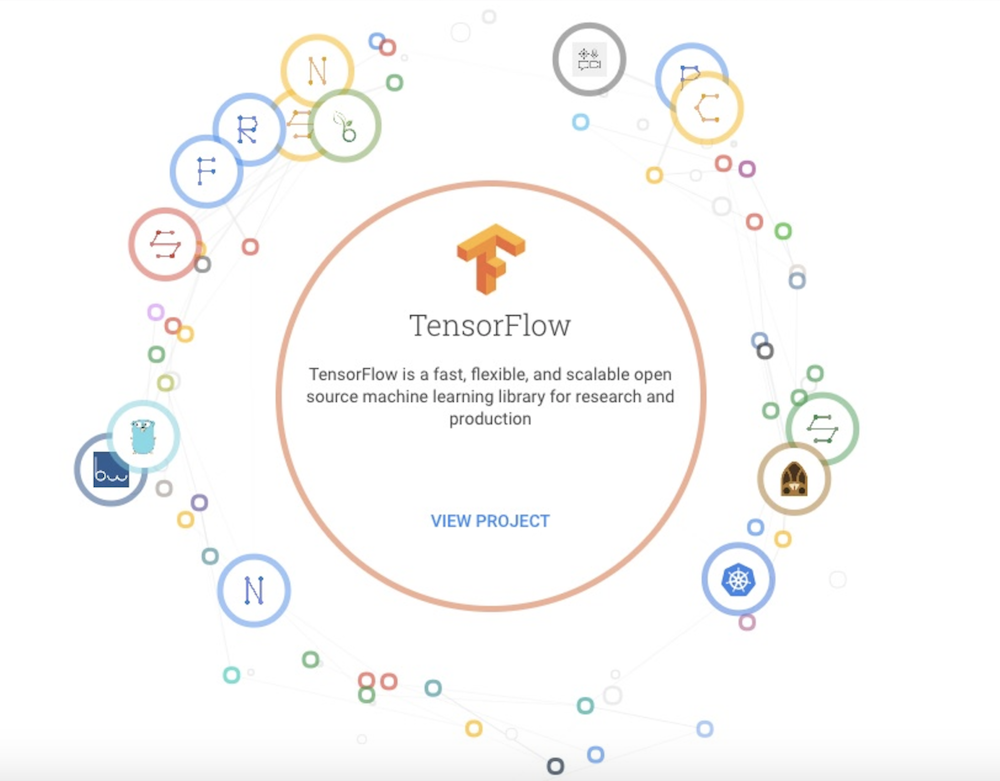On Thursday, June 1, The Linux Foundation will continue its series of Twitter chats entitled #AskLF featuring leaders at the organization. Previous chats were hosted by The Linux Foundation’s Arpit Joshipura, GM of Networking & Orchestration and Clyde Seepersad, Manager of Training and Certifications. June’s #AskLF host is CTO of Cloud Foundry Foundation, Chip Childers.
#AskLF, was created to broaden access to thought leaders, community organizers, and expertise within The Linux Foundation. While there are many opportunities to interact with staff at Linux Foundation global events, which bring together over 25,000 open source influencers, a live Twitter Q&A will give participants a direct line of communication to designated hosts.

This “Cloud Foundry 101” #AskLF session will take place in advance of Cloud Foundry Summit Silicon Valley, where Childers will present a talk called A Platform for the Enterprise: Where Maturity & Innovation Intersect. @linuxfoundation followers are encouraged to ask Childers questions related to the Cloud Foundry platform and the foundation’s community
Sample questions might include:
-
What is the Cloud Foundry Foundation Developer Training and Certification Program and how do I get started?
-
Why do developers choose Cloud Foundry over other platforms and competitors?
-
How does The Cloud Foundry Foundation grow its community of contributors? How can I get involved?
-
What will I get out of attending Cloud Foundry Summit?
Here’s how you can participate in the first #AskLF:
-
Follow @linuxfoundation on Twitter: Hosts will take over The Linux Foundation’s account during the session.
-
Save the date: June 1, 2017 at 10 a.m. PT.
-
Use the hashtag #AskLF: To ask Childers your questions while he hosts, simply tweet it with the hashtag #AskLF on 6/1 between 10 am & 10:45 am PDT. We can’t guarantee that he will have time to answer every inquiry, but every attempt will be made!
-
Consider attending Open Networking Summit in Santa Clara next month: This #AskLF session will prepare you to engage in the topics at Cloud Foundry Summit and you’ll get a chance to hear Childers speak live. Click here for registration and schedule details.
More dates and details for future #AskLF sessions to come! We’ll see you on Twitter, June 1 at 10 a.m. PT.
Read blogs by Chip Childers here:
https://www.cloudfoundry.org/author/cchilders/
*Note: Unlike Reddit-style AMAs, #AskLF is not focused around general topics that might pertain to the host’s personal life. To participate, please focus your questions around open source networking and Chip Childers’s career.








